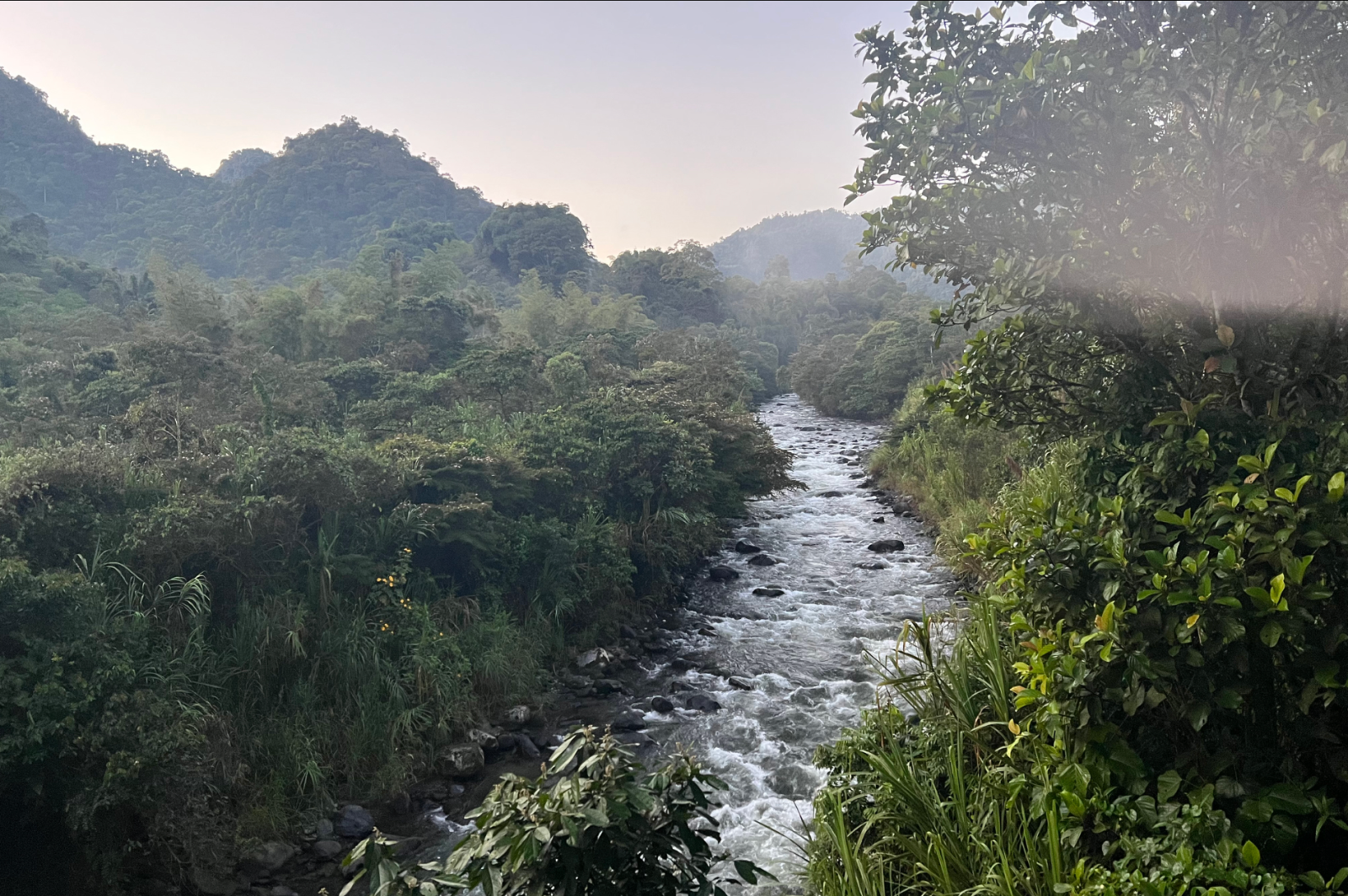
Shifting Legal Perspectives
In most legal systems, only humans and certain non-human entities, such as corporations, possess enforceable rights. This framework allows businesses to claim legal protections, yet ecosystems and species remain vulnerable to environmental degradation. Activists argue that such a perspective is both ethically flawed and scientifically inaccurate, as humans are deeply interconnected with nature and rely on ecosystems for survival.
The separation of humans from nature is often traced back to philosophical and religious doctrines. Thinkers like René Descartes likened animals to machines, while interpretations of religious texts have reinforced the idea of human dominion over nature. These beliefs have shaped modern legal systems, which primarily view nature as an object rather than a subject with rights.
The Evolution of Nature's Legal Rights
Legal scholar Christopher Stone's influential 1972 article, "Should Trees Have Standing?" highlighted the gradual expansion of rights throughout history—from being limited to property-owning white men to later including women, people of color, and children. He argued that, in time, legal recognition could also be extended to nature.
The first rights of nature resolution emerged in 2006 in a small Pennsylvania town grappling with industrial pollution. Since then, legal frameworks recognizing nature's rights have been enacted in various countries, including Ecuador, Bolivia, Colombia, Panama, Spain, India, Uganda, and the United States. Advocates emphasize that protecting nature's rights ultimately benefits humanity by ensuring ecological balance and sustainability.
Rights of Nature vs. Environmental Regulations
Conventional environmental laws, developed primarily in response to industrial pollution, aim to regulate human activities but still permit a certain degree of environmental harm. Landmark U.S. policies such as the Clean Water Act and the Toxic Substances Control Act have helped curb pollution, but they have not prevented widespread ecological crises like climate change and biodiversity loss.
Rights of nature laws differ fundamentally by recognizing ecosystems as legal entities with enforceable rights. These laws prioritize the preservation of ecosystems and require authorities to take a precautionary approach, preventing environmental harm before it occurs. Ecuador's Constitutional Court, for instance, mandates that government actions respect the "precautionary principle," avoiding irreversible ecosystem damage when scientific certainty is lacking.
Implementation and Enforcement Challenges
While rights of nature laws do not supersede all human interests, courts must balance competing rights—similar to how freedom of speech is limited when it incites violence. Since Ecuador incorporated nature's rights into its constitution in 2008, courts have ruled in favor of ecosystems such as mangroves, cloud forests, and rivers, blocking destructive mining and industrial activities.
However, enforcement remains inconsistent. Ecuador, despite its legal framework, still relies on extractive industries for economic stability. Nonetheless, judicial decisions have set precedents for protecting endangered species and restoring damaged environments.
Since nature cannot advocate for itself in court, legal mechanisms grant ecosystems "legal personhood," enabling human representatives to file lawsuits on their behalf—similar to how corporations, minors, and incapacitated individuals are represented in legal proceedings.
The Role of Indigenous Communities
Indigenous peoples have been at the forefront of the rights of nature movement, advocating for legal recognition based on their ancestral knowledge and spiritual beliefs that emphasize coexistence with nature. Indigenous activists were instrumental in Ecuador's constitutional reform, as well as in Bolivia's 2010 and 2012 laws recognizing Mother Earth's rights.
In New Zealand, Māori leaders secured legal personhood status for the Whanganui River, a national park, and sacred mountains. In Peru, Indigenous women successfully campaigned for legal protections for the heavily polluted Marañón River, despite facing harassment and threats.
Opposition and Criticism
Industries that rely on resource extraction, including agribusiness and developers, have pushed back against rights of nature laws, arguing that they could stifle economic growth and lead to excessive litigation. However, legal and financial barriers to filing lawsuits remain high, preventing an overwhelming flood of litigation.
Some critics question whether nature, if granted rights, should also bear responsibilities. Advocates counter that legal rights and duties are always context-specific—corporations, for example, do not have family rights, and nature, lacking intent, cannot be held liable for natural disasters.
Others argue that this movement seeks to curtail technological progress. Yet proponents insist that prioritizing ecological integrity does not hinder human advancement but rather ensures long-term sustainability. They highlight that environmental disasters, exacerbated by climate change, pose a far greater threat to human livelihoods and technological stability.
A Movement Beyond the Law
The rights of nature movement extends beyond legal systems into cultural, religious, and educational spheres. Pope Francis has emphasized humanity's moral duty to protect the Earth, aligning with the movement's core principles. In Ecuador, where nature's rights are constitutionally recognized, younger generations are growing up with a fundamentally different understanding of their relationship with nature.
As the movement continues to evolve, its proponents hope to reshape how societies interact with the natural world, fostering a legal and cultural shift that safeguards the environment for future generations.